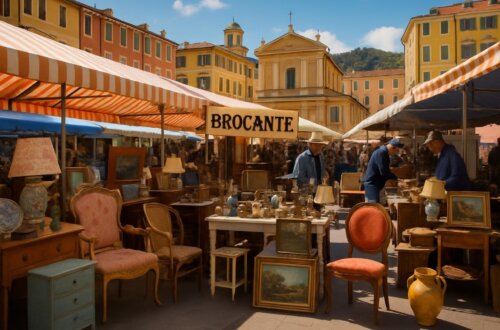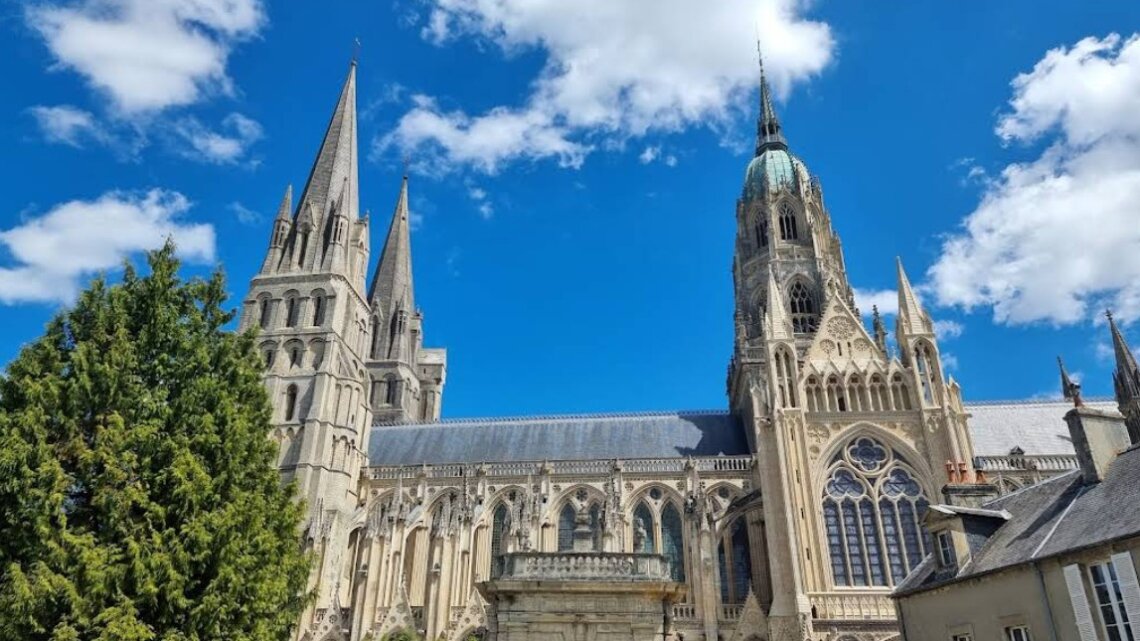
Things to See in Bayeux, France – Top Attractions, History & Travel Tips
Things to See in Bayeux, France: A Complete Travel Guide to History, Culture, and Hidden Gems
Introduction: Why Visit Bayeux, France?
When most people plan a trip to France, their first thoughts jump to Paris, the lavender fields of Provence, or perhaps the glamorous Riviera. But tucked away in the heart of Normandy lies Bayeux, a small town that packs in more history, charm, and emotional resonance than places ten times its size.
What makes Bayeux truly remarkable is its survival story. Unlike many towns in Normandy, Bayeux was spared from the heavy bombings of World War II, meaning its medieval old town, cathedral, and half-timbered houses remain beautifully intact. Combine this with its proximity to the D-Day landing beaches and the presence of the legendary Bayeux Tapestry, and you’ve got a destination that appeals equally to history buffs, culture lovers, and curious travelers.
This guide will walk you through the top things to see in Bayeux, France, from world-famous treasures to hidden corners. By the end, you’ll be able to craft an itinerary that balances learning, reflection, and simple enjoyment of Norman life.
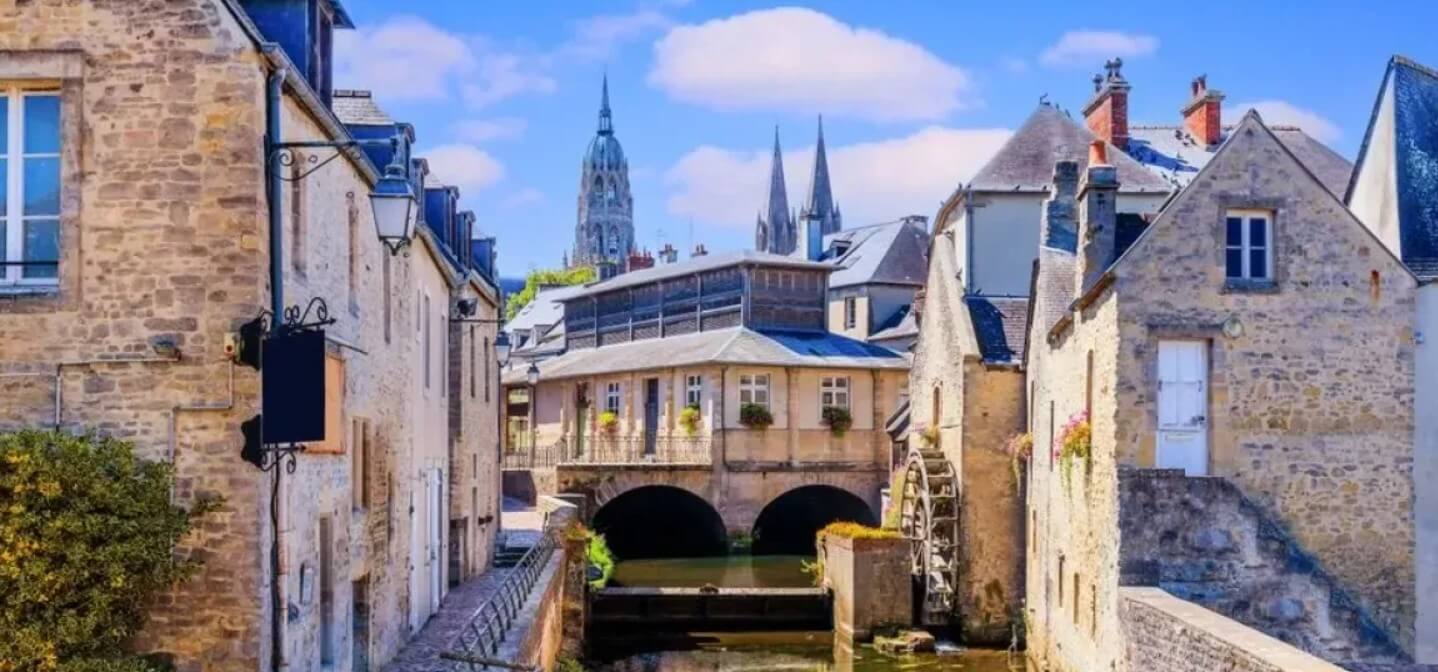
1. Explore the World-Famous Bayeux Tapestry
No trip to Bayeux is complete without visiting its most famous attraction: the Bayeux Tapestry. But to call it just a tapestry undersells its significance.
This embroidered masterpiece stretches nearly 70 meters (230 feet) and vividly tells the story of the Norman Conquest of England in 1066. It’s essentially a medieval graphic novel, stitched in wool on linen nearly a millennium ago. The detail is extraordinary-you’ll see knights in chainmail, horses in motion, banquet scenes, and even a comet in the sky (believed to be Halley’s Comet).
Where to see it: The tapestry is housed at the Musée de la Tapisserie de Bayeux, a short walk from the cathedral.
Visitors walk along a dimly lit gallery, following the story panel by panel. An audio guide, available in multiple languages, explains what’s happening in each scene, ensuring you don’t miss the finer details. Without it, you might walk past quickly, but with it, the story comes alive-the tension before the battle, the betrayal of Harold, and the drama of William’s triumph.
Travel example: Many visitors recommend arriving right when the museum opens. One traveler noted that visiting at 9 am gave them an almost private viewing, making it easier to linger in front of key panels without feeling rushed by tour groups.
2. Visit Bayeux Cathedral (Cathédrale Notre-Dame de Bayeux)
Standing proudly in the center of town, Bayeux Cathedral is a breathtaking mix of Romanesque and Gothic architecture. Consecrated in 1077 by William the Conqueror, it was originally the home of the tapestry before it moved to its dedicated museum.
Step inside, and you’ll be struck by the soaring Gothic nave, intricate stained-glass windows, and the serene crypt below. In the crypt, faded frescoes dating back to the 11th century remain visible-a humbling reminder of the cathedral’s long history.
Tip for photographers: Visit at sunset when the golden light hits the cathedral façade. The structure glows against the sky, and street musicians often play nearby, adding to the atmosphere.
Many travelers find the cathedral less crowded than larger French landmarks like Notre-Dame de Paris, making it ideal for a slower, more personal experience.
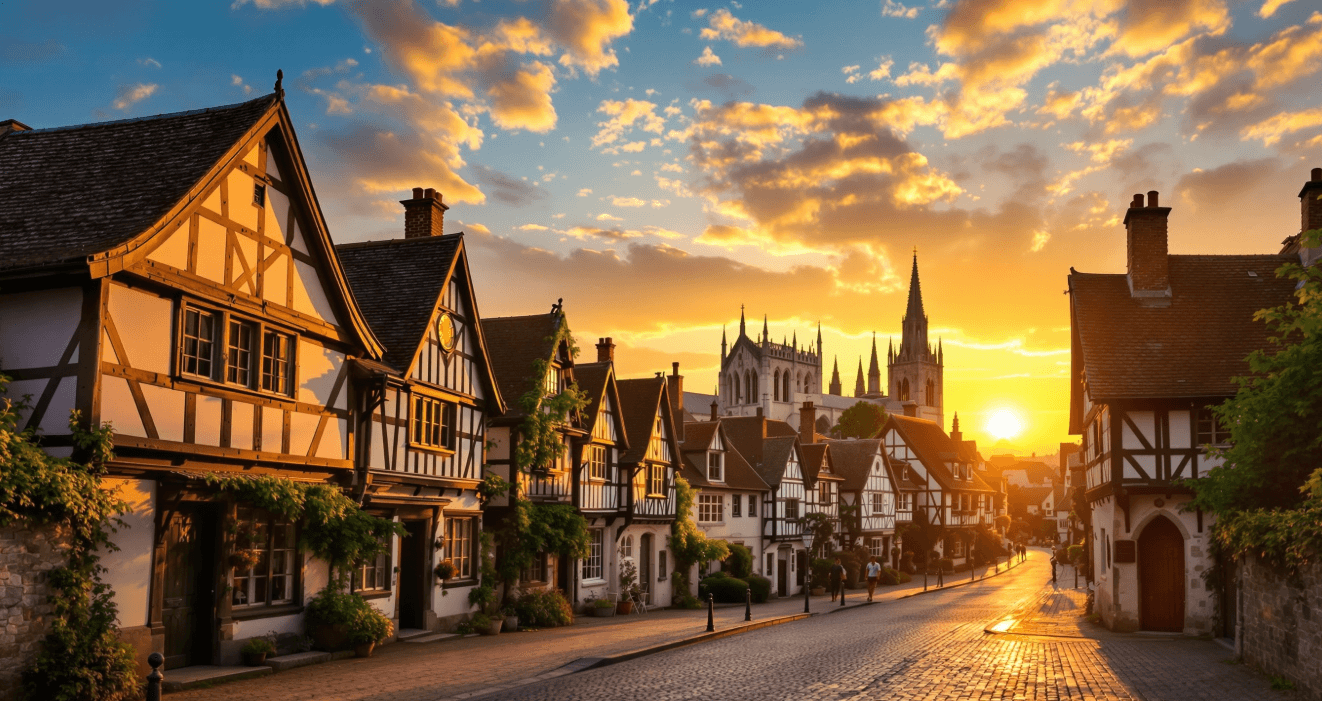
3. Step Back in Time at the Bayeux War Cemetery & Memorial
While Bayeux feels like a peaceful medieval town today, its role in World War II cannot be overlooked. The Bayeux War Cemetery, maintained by the Commonwealth War Graves Commission, is the largest British military cemetery in France.
Walking through its rows of white headstones is a moving experience. Over 4,600 soldiers are buried here, most of them British, but also Canadians, Australians, and other Allied troops. The cemetery faces the Bayeux Memorial, inscribed with the names of 1,800 soldiers who have no known grave.
Many visitors describe the site as unexpectedly tranquil. The immaculate gardens, the silence, and the sheer scale of sacrifice make it a place of deep reflection.
Travel example: A Canadian visitor shared that seeing the headstones of fellow countrymen made the history of D-Day feel much closer to home. It turned their Normandy trip into a personal journey of remembrance.
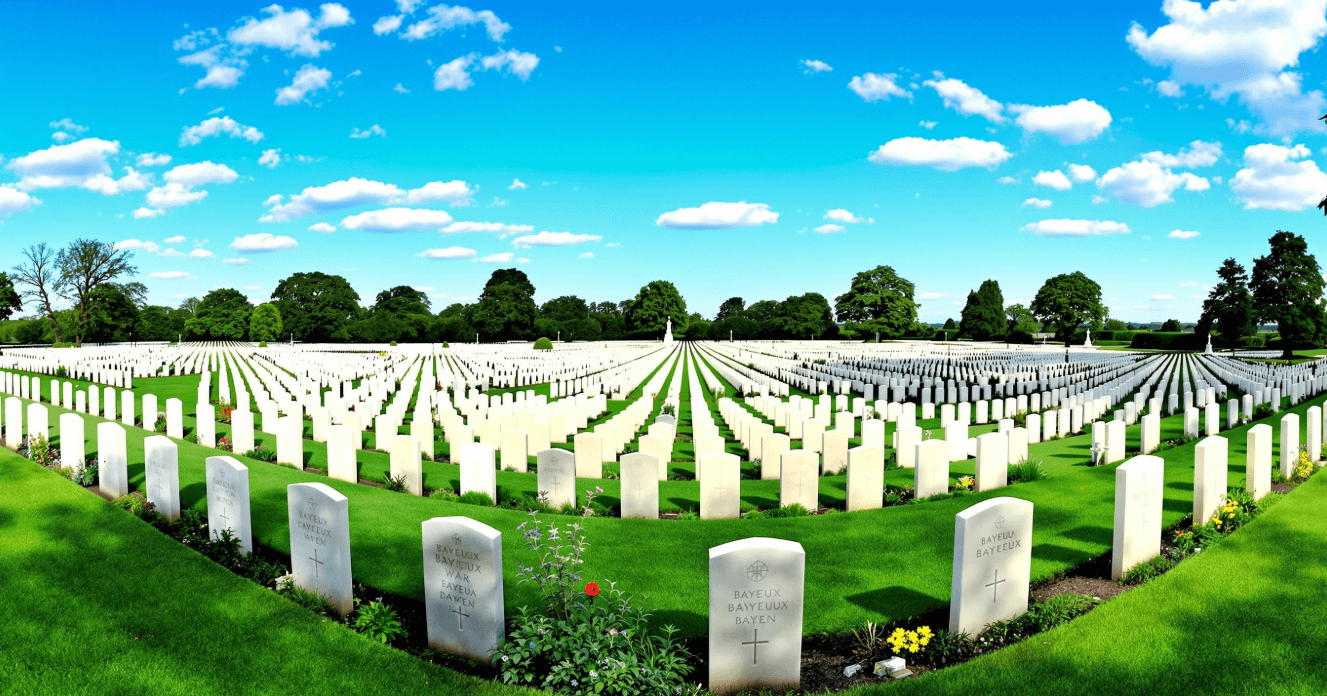
4. Discover the Memorial Museum of the Battle of Normandy
Just a short walk from the cemetery is the Memorial Museum of the Battle of Normandy, which offers essential context for understanding D-Day and the months that followed.
Inside, you’ll find:
– Tanks, military vehicles, and artillery.
– Exhibits covering Operation Overlord and the liberation of Normandy.
– Archival footage that shows the devastation-and resilience-of local towns.
What sets this museum apart is its chronological storytelling. You’ll see how the Allies established their beachhead, how they pushed inland, and how local resistance fighters played their part.
Tip: Give yourself at least two hours here. Rushing through won’t do justice to the depth of the collection.
5. Take a Stroll Through Bayeux’s Old Town
Bayeux’s old town is like stepping into a medieval painting. Unlike many European towns rebuilt after WWII, Bayeux’s historic core survived intact.
As you wander, you’ll find:
– Half-timbered houses that lean charmingly over cobbled streets.
– The gentle flow of the Aure River, where old watermills still stand.
– Small shops selling Norman cheese, cider, and lace.
The Place Charles de Gaulle, a leafy square named after France’s WWII leader, is a great spot to sit with a coffee and watch local life unfold.
Traveler tip: Try a self-guided walking tour. Maps are available at the tourist office, and they’ll lead you past hidden corners you might otherwise miss-like centuries-old stone doorways or quirky gargoyles.
6. Visit Other Museums in Bayeux
Bayeux has more to offer than just its famous tapestry and WWII history.
- Musée Baron Gérard (MAHB): Located in the bishop’s palace next to the cathedral, this museum spans art, history, and archaeology. Its ceramics collection is particularly impressive, showcasing Bayeux’s role as a ceramics hub in the 18th and 19th centuries.
- Lace Conservatory: Bayeux was once renowned for its lace-making, and this conservatory keeps the tradition alive. Demonstrations show the painstaking detail required to create lace by hand-a craft that nearly disappeared.
These museums are ideal for quieter afternoons, especially if you’re staying more than a day in Bayeux.
7. Enjoy the Natural Beauty Around Bayeux
Beyond its history, Bayeux offers access to Normandy’s rolling countryside and dramatic coastline.
Popular excursions include:
– Cycling or walking along the Aure River.
– Visiting Arromanches-les-Bains, just 10 km away, where you can still see remnants of the artificial “Mulberry Harbors” built for D-Day.
– Spending time at Omaha Beach or climbing the cliffs at Pointe du Hoc, where the landscape itself tells stories of courage and sacrifice.
Tip for active travelers: Several companies in Bayeux rent bicycles, making it easy to combine a morning of museum visits with an afternoon countryside ride.
8. Bayeux Markets and Local Food Experiences
Food is an essential part of any French trip, and Bayeux doesn’t disappoint.
Every Saturday morning, the town comes alive with its open-air market. Stalls overflow with Normandy’s best produce:
– Cheeses like Camembert, Livarot, and Pont-l’Évêque.
– Bottles of apple cider and Calvados brandy.
– Fresh seafood, including oysters from the nearby coast.
Restaurants in town highlight local specialties such as duck confit, seafood platters, and tarte Normande (an apple tart with cream).
Practical tip: For a truly local experience, buy picnic supplies at the market and enjoy them by the river.
9. Practical Travel Tips for Visiting Bayeux
Here’s how to make your trip smooth:
- Getting there: Trains run from Paris Saint-Lazare to Bayeux in about 2.5 hours. Driving takes a similar time but gives you flexibility for day trips.
- Where to stay:
- Budget: Family-run B&Bs in the old town.
- Mid-range: Boutique hotels like Hôtel Reine Mathilde.
- Luxury: Château accommodations in the surrounding countryside.
- Best time to visit: May to September for pleasant weather. June is particularly moving thanks to D-Day commemorations.
- How long to stay: 2–3 days is ideal. Spend one day on Bayeux itself and another exploring the nearby beaches.

Conclusion: Experience the Best of Bayeux, France
Bayeux may be small, but its impact is enormous. From the epic storytelling of the Bayeux Tapestry to the solemn remembrance of WWII cemeteries, from its medieval streets to its Norman food traditions, it offers a complete and deeply enriching travel experience.
It’s a town where you can walk through nearly 1,000 years of history in a single day, then relax by the river with a glass of cider. Whether you’re tracing William the Conqueror’s footsteps or honoring the sacrifices of the 20th century, Bayeux will leave a lasting impression.
✨ Your next step: Add Bayeux to your Normandy itinerary, and prepare to experience one of France’s most unforgettable destinations.




